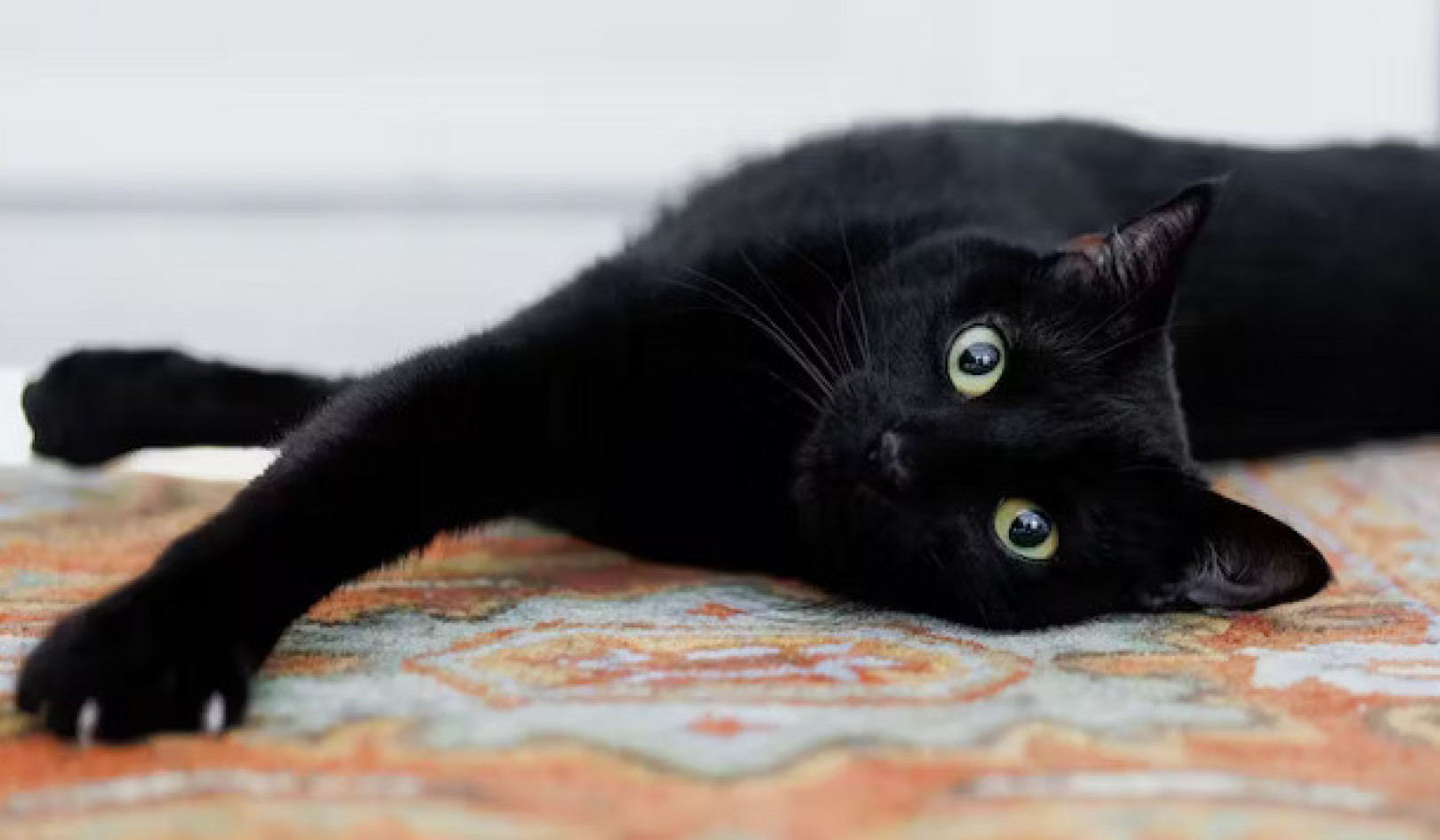
As the new NBA season begins, the Golden State Warriors find themselves in an unfamiliar role: villain.
After the Warriors drafted Stephen Curry from unheralded Davidson College in 2009, fans across the country became enamored with his exciting style of play. Through the years, the team added players to complement Curry’s scoring prowess – Klay Thompson, Draymond Green and Andre Iguodala. In 2015, they won the NBA championship, ending the franchise’s 40-year championship drought. Last year, they broke the Chicago Bulls’ record for most regular season wins.
But when superstar Kevin Durant left the Oklahoma City Thunder to sign with the Warriors during this past summer – turning an already dominant team into a “superteam” – the backlash was swift: “The Warriors Went From Heroes to Villains in Record Time,” The Ringer declared.
Similarly, Durant, previously a well-liked player, had become a “reviled villain.”
“Watch the exponential increase in venom thrown [the Warriors’] way this year,” sportswriter Marcus Thompson II wrote in The San Jose Mercury News. “Durant jerseys are already ablaze in Oklahoma City.”
I’ve been studying sports marketing and the psychology of sports fans for several years. Fans and executives often lament the formation of “superteams,” saying it’s bad for competitive balance and bad for business. But while these teams quickly become loathed, psychology research has shown that they also make us more likely to watch – and bask in the joy of seeing them fail.
From darling to despised
Among sports fans, how does a well-liked team become a villain? Why can the turn be so sudden, the vitriol so sharp?
Scholars David Tyler and Joe Cobbs studied dozens different rivalries to identify the factors that contribute to especially intense and emotional rivalries. They found that rivalries intensify when one team becomes dominant, but also when it’s thought to have an unfair advantage.
We’ve seen it in the vitriol heaped on the New England Patriots, a team that has made the playoffs in 13 of the past 15 seasons but has also been accused of bending the rules in the Spygate and Deflategate scandals. And we saw it when LeBron James went to Miami in 2010 to create a “superteam” with Dewayne Wade and Chris Bosh.
In the case of the Warriors, neither Durant nor the front office broke any rules. However, it’s no surprise that a superstar joining a rival team filled with other superstars – including the reigning MVP – might be seen as an unfair advantage.
The rich have become richer, while critics have lambasted Durant as cravenly jumping on a championship bandwagon.
The appeal of a villain
If a team becomes stacked with talent and loathed, you would think this would make fans of other teams less likely to tune in: It becomes that much more unlikely that their own favorite teams will win the championship. In fact, the Warriors are the preseason odds-on favorite to win the NBA championship, meaning they have a better than 50 percent chance of winning. (The last time this happened was during the reign of Michael Jordan’s Chicago Bulls in the mid-1990s.)
After Durant joined the Warriors, NBA Commissioner Adam Silver said he wasn’t fond of “superteams” because they hurt the league’s competitive balance, something league executives across professional sports usually strive for. The thinking is that more fans will be interested if they think their favorite team has a chance to win it all.
However, Dallas Mavericks owner Mark Cuban was quick to point out that a team in the cross-hairs will generate higher interest and ratings. According to Cuban, fans who now loathe the Warriors will follow them closely, rooting for them to lose.
The Affective Disposition Theory supports Cuban’s position. Originally introduced by entertainment psychology expert Dolf Zillmann, it’s based on the idea that people’s emotional engagement to a competition becomes stronger when they take a side. In entertainment and sports (and even politics), viewers determine who the “good guys” and the “bad guys” are – and root accordingly.
While this can mean turning on the TV to root for the good guy, it can also mean tuning in to root against a bad guy.
Many movies use a simple formula that capitalizes on this very idea: A liked protagonist, a disliked villain, a struggle between the two and, eventually, a triumphant victory by the hero over the villain. Of course, it is much easier to have the good guy beat the villain in a movie than in a sporting event. But this can also increase the excitement over the villain’s loss in sports: Viewers know it hasn’t been scripted in advance.
From the 1990s and early 2000s, baseball’s New York Yankees were a “superteam”; like the Warriors, many fans thought of them as villains. Prior to the 2001 American League Championship Series (ALCS) between the New York Yankees and the Seattle Mariners, ESPN conducted a poll on its website asking fans, “Which statement best describes your rooting interest in ALCS?” The statement that received the highest percentage of votes (32.5 percent) was “hate the Yankees.” An additional 14.1 percent indicated they “root against (but secretly admire) the Yankees.”
Of the 31,544 people that voted, almost half stated they were going to follow the series because of their strong dislike for the Yankees.
That year, the Yankees would go on to lose the World Series, and the viewership for Game 7 remains the highest for a World Series-clinching game since 1991. In fact, the Yankees have played in seven World Series over the past 20 years. All of them are in the top 10 for most-watched World Series during this time span. Three are in the top five.
Loving to hate
By evoking strong emotions, thinking of teams as heroes and villains makes us more likely to tune in. They also affect our enjoyment of the viewing experience: While we’re glad when good things happen to the teams we like, we also feel happy when bad things happen to teams and players we dislike.
There’s a German word, Schadenfreude – pleasure at the misfortune of others – for this emotion.
A few years ago I conducted a study with my colleague Jeff Langenderfer to investigate the appeal of villains in reality TV. We followed comments posted on the CBS chat rooms one hour before and after each show for an entire season of CBS’s hit show “Survivor.”
Consistent with the Affective Disposition Theory, viewers’ interest in the show was partly driven by their desire to follow characters they disliked. “I got to admit I love to hate the bad ones; [they] make it interesting,” one viewer wrote.
As expected, viewers wanted good things to happen to the characters they liked and bad things to happen to the ones they disliked. Not surprisingly, they celebrated or expressed frustration accordingly.
Sports, given the emotional bonds fans form with their favorite teams, provide a context in which these tendencies are especially likely to emerge. In 1996, NFL owner Art Modell moved the Cleveland Browns to Baltimore, where they became the Ravens – something Cleveland fans viewed as the ultimate betrayal. After Modell passed away in 2012, I conducted an analysis with coauthors Joanna Melancon and Tarah Sreboth of comments posted by fans on the ESPN story reporting his death. About 40 percent of the comments expressed some form of schadenfreude. Several Cleveland fans openly celebrated his death with comments like “best day ever” and “glad you’re dead.”
Bottom line: In order to enjoy the victory by the hero, there needs to be a villain; for all the hate we heap on “superteams,” they increase the enjoyment of the viewing experience. As for the Warriors, they’ve probably already started to brace themselves for boos and taunts as they tour the country, with opposing fans rooting especially hard for them to stumble along the way.
![]()
About The Author
Vassilis Dalakas, Professor of Marketing, California State University San Marcos
This article was originally published on The Conversation. Read the original article.
Related Books:
at

Thanks for visiting InnerSelf.com, where there are 20,000+ life-altering articles promoting "New Attitudes and New Possibilities." All articles are translated into 30+ languages. Subscribe to InnerSelf Magazine, published weekly, and Marie T Russell's Daily Inspiration. InnerSelf Magazine has been published since 1985.

Thanks for visiting InnerSelf.com, where there are 20,000+ life-altering articles promoting "New Attitudes and New Possibilities." All articles are translated into 30+ languages. Subscribe to InnerSelf Magazine, published weekly, and Marie T Russell's Daily Inspiration. InnerSelf Magazine has been published since 1985.






















